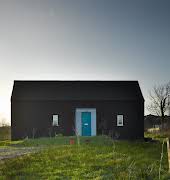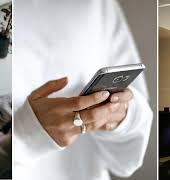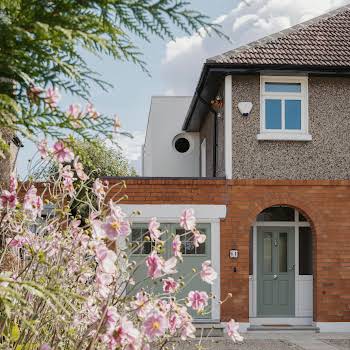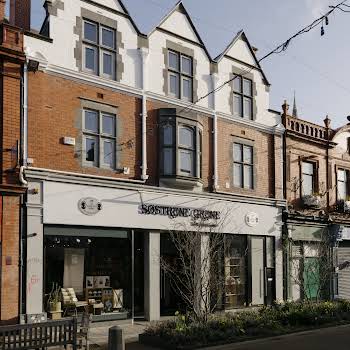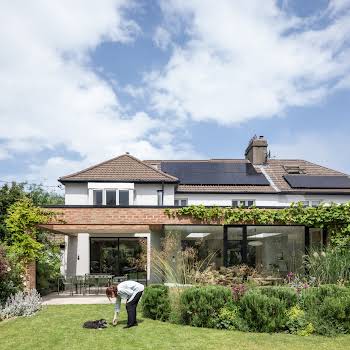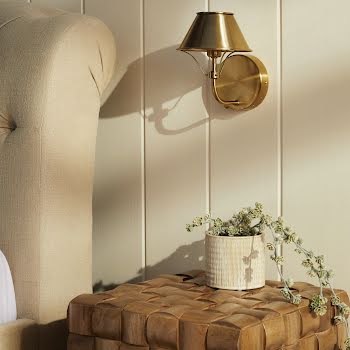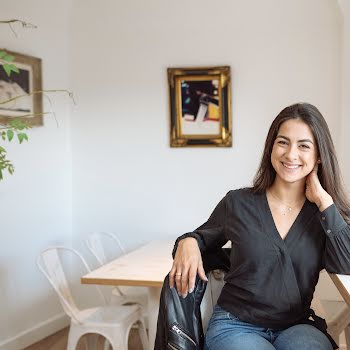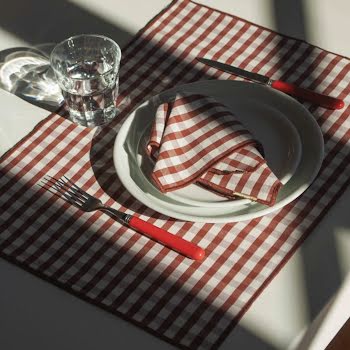
How to give your home a wellness makeover (without spending a fortune)
By Amanda Cassidy
18th Apr 2024
18th Apr 2024
For years, work spaces have been designed with people’s wellbeing in mind. Now, this design ethos (which can have a positive impact on the physical and emotional state of mind) is being extended to our homes. Amanda Cassidy reports.
The links between art, aesthetics, the built environment, health and wellbeing are nothing new, but applying it to our home environment is beginning to gather momentum. Depending on the function of our home, creating surroundings that stimulate our senses in a positive way or improve productivity (or relaxation) is key.
For example, if you want to increase communication and conversation in your home, you are unlikely to focus the living room around the 60-inch television. In fact, these connections are so crucial, they have even grabbed the interests of science. Environmental psychology is leading the charge when it comes to the relationship between people and the importance of the environments we choose to surround ourselves with. Neuroaesthetics is another emerging field that explores the way our brain responds to art, beauty and design.
Denise O’Connor is an architect and Interior designer. She is also the MD of Optimise Home and Optimise Design and is a regular contributor to home-inspired topics in print and on television; “Our home plays a huge part in influencing our emotional responses. But the biggest impact is, in fact, the little things.
Advertisement
Clutter – shoes piled up at the bottom of the stairs, the kitchen counter without much space for doing much – these things have an impact on our mood and even our sleep. Having a messy environment isn’t conducive to chilling out. It plays on your mind without you even realising. Making small changes can have a real benefit to streamlining your outlook and how your home works for you.”

Denise pinpoints, with her clients, the types of healthier habits they are trying to foster and then designs their space with this in mind. “A big bugbear for many is too much screen time for their children. In my house, we have a press where we charge all our tech – we just plug it in and close the door – it is very much out of sight, out of mind. If you want to encourage your children to read, have the books close to hand or create a little reading zone. It is about adapting your home to reflect the type of life you want to lead.”
Light is one of the most underutilised parts of home design. It also happens to be one of the most important when it comes to creating the desired ambience. “Light is increasingly becoming a key feature in home design. Natural light will always take centre stage, but using light reflective materials like glass or metal can really transform a home.
We encourage our clients to open up windows to the garden to boost that connection to nature. Bring houseplants in too. Think about changing to a dimmer switch and watch the colour temperature in your bulbs – if it is too cool it can be unpleasant to sit under in the evenings. Try softer, warmer tones.”
Unique
But isn’t this just Feng Shui by another name? The ancient Chinese earth science has gained in popularity recently. It encourages harmony in the home by allowing the free flow of energy. Sounds complicated, but the idea of having the bed facing the window is naturally a lot nicer than facing a wall. Keeping the hallway clear of clutter is also quite logical (if a tad unrealistic). Denise believes that focusing on well-being within the home is a little different.
“Architects can be a bit funny about this but years ago when I worked in London, an architect friend of mine who had spent a great deal of time studying this, pointed out that Feng Shui does have very solid underlying design principals. But to be honest, this is more about understanding yourself and what works for you. You are looking to create a bespoke space that suits you as an individual or as a family.”
Advertisement
So while we are all struggling to keep up with the Jones,’ are we missing the point? Denise says we need to discover what we want from our own space; “People’s requirements are all so different. What worked for your mother or neighbour won’t always work for you. I’ve heard of people who have done a massive job on their home and yet not much improved the way they are living”.
“We have to take a step back and look at what you actually want – not what someone else has.”
It makes sense for our home to spark joy. More of us than ever are focusing on home improvements rather than moving house, so considering our family’s health and well-being as part of that seems logical. Not to be dramatic, but the recent Marie Kondo craze is a prime example of why organising our home in a way that makes us happy can have really positive consequences. I now realise that open shelving makes me wince. I look at my living room cum kitchen cum playroom cum study cum LEGO museum in horror. No wonder, I sigh.
Of course my chi would be considerably more balanced if I had a huge utility room. My chakras would be over the moon about building a boot room. I’d be totally zen if only we had that extra den.
But surely any home transformation that matches your desired optimum well-being is going to cost you? “It doesn’t have to cost the earth,” Denise explains to us. “Simple things like changing the colour scheme, creating dedicated spaces or taking out some of the things you love to look at – art, photos, furniture, can all add to the sense of wellbeing.
Strip back, decide what’s working and what’s not, and soon you will figure out how you want the most important aspects of your home to make you feel.”
Advertisement
This article was originally published in June 2022.

